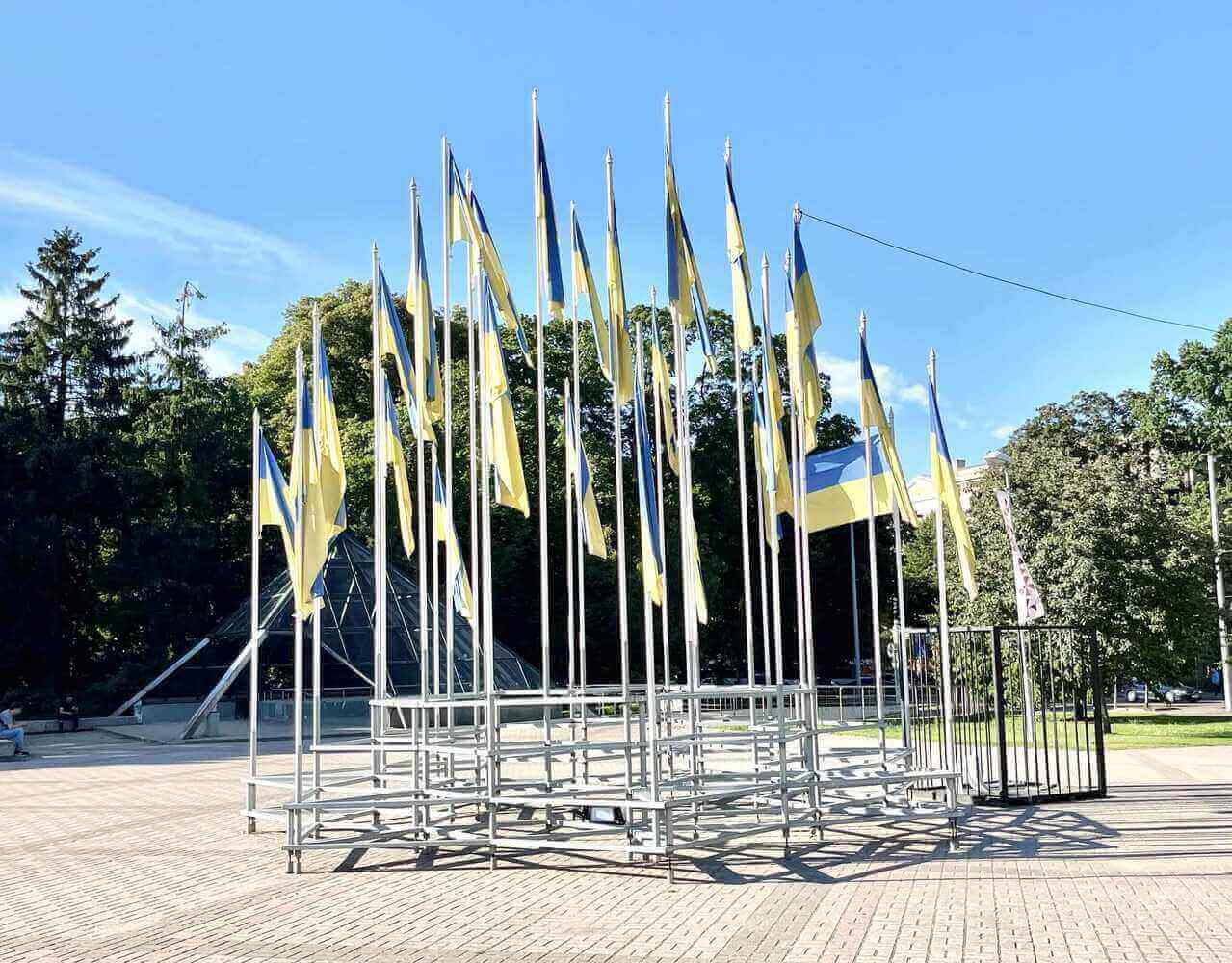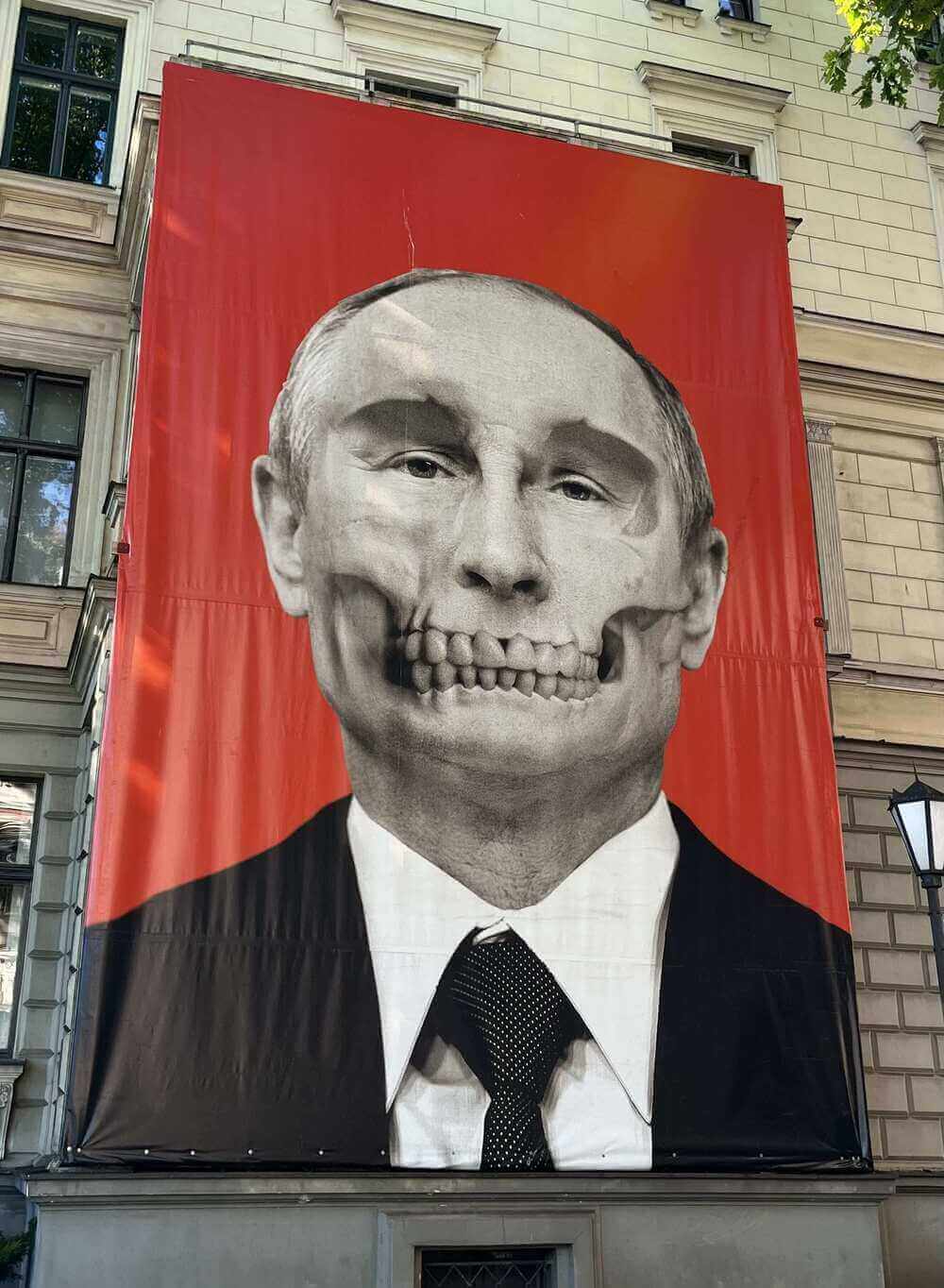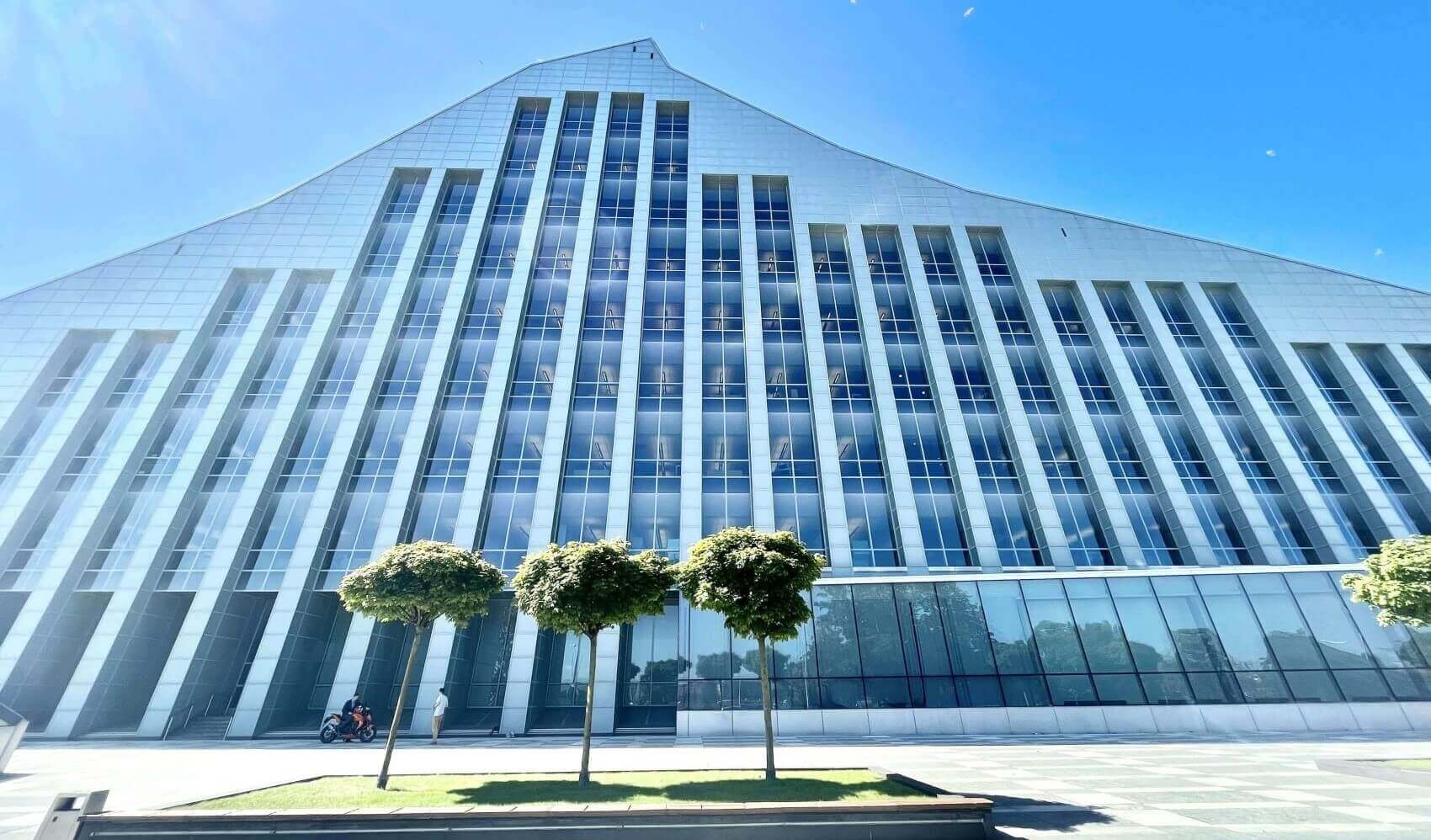
I visited Latvia with my college friend Rafael Tafur in August 2022 as part of a Poland-Finland bus trip through the Baltic countries. Riga is a mere 4-hour bus ride from Vilnius (Lithuania), and we arrived around noon. My first impression of the city was that it was lively and energetic with a substantial number of historic monuments. My love for the city was irreversibly cemented when we found a diner near our hotel that served an outstanding buffet for only €6.50. I learned that Latvia was one of the last regions in Europe to adopt Christianity, and its religious festivals like Easter (or Lieldienas as they call it) still retain some pagan traditions. Apparently, if a girl gives a guy 2 eggs on Easter it means she dislikes him, but if she gives him 5 eggs, she wants to marry him. The only eggs I received were scrambled in the omelette at the buffet. I unfortunately finished my meal before I could perform a volumetric analysis to determine how many eggs there had been, so remain ignorant of what the serving lady thought of me.
Riga is vibrant. While part of the USSR during the Cold War, Riga was intended to become a key financial center for the Soviet Union and remains the biggest financial hub in the Baltic region. The city has older ornate buildings and historic churches. Yet many edifices, such as the Latvian National Library, appear extremely modern, and make for an interesting blend of architecture styles. I loved the city’s vitality: watching a group of dancers rehearsing in a park for a performance was an entertaining surprise. We visited the Occupation Museum, which had a special exhibit about Latvian-U.S. relations. I had not realized the U.S. refused to recognize the USSR’s annexation of Latvia throughout the Cold War, which continues to be appreciated by Latvians today.
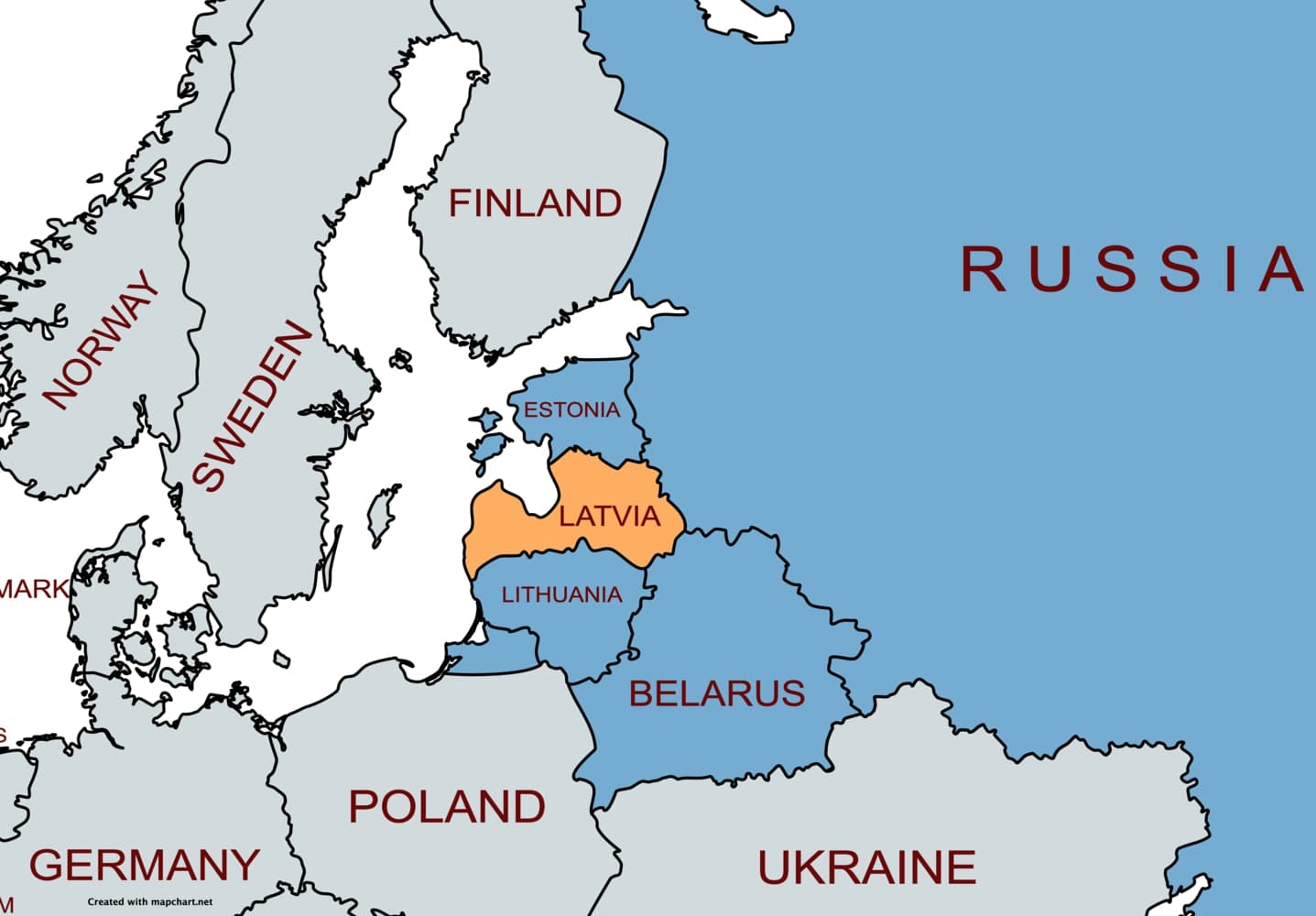
Until the 20th century, Latvia was the object of a multigenerational European game of pass-the-parcel. The Polish-Lithuanian Commonwealth took control of Latvia in 1582, then handed it over to the Swedish Empire in 1625, who in turn bequeathed it to Russia in 1721 following Sweden’s defeat in the Great Northern War. Latvia remained part of Russia until World War I. In 1918, a convoluted struggle broke out between Latvia, Estonia, the Soviet Union, and Germany, with the ultimate outcome being Latvian independence. The Latvians rejoiced in their newfound autonomy… for about 20 years, until they were once again invaded by the USSR. Making sense of their complicated history must be annoying for Latvians, but surely less so than having to live through these incessant invasions.
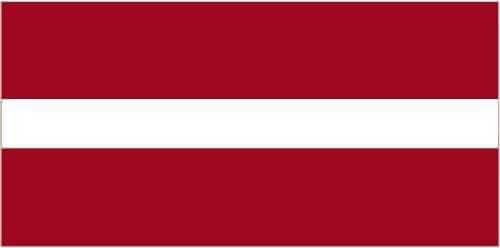
Like neighbouring Lithuania and Estonia, Latvia was annexed by the Soviet Union in 1940. The next year, Hitler launched Operation Barbarossa and invaded the USSR, including Latvia. Torn between two major powers, Latvians fought on both sides. Latvia was reconquered by the USSR in 1944 and remained part of the Soviet Union until the end of the Cold War in 1990, when it gained independence. It has since joined the European Union, the Eurozone, and the Schengen Area. Latvia’s relationship with Russia has been contentious ever since it joined NATO in 2004. On one hand, Latvia is (justifiably) fearful of being invaded yet again; on the other, Russia is furious and probably humiliated that its arch-rival NATO now includes some of its former republics.
Saint Peter’s Church is a Lutheran Church built in 1209. I consider it a monument to Latvian perseverance: it was destroyed several times over the centuries due to numerous fires, a structural collapse, and Germany’s invasion of the USSR during World War II, yet it was rebuilt each time. People can take an elevator to the top of the church’s spire, where an observation platform offers an amazing view of Riga.
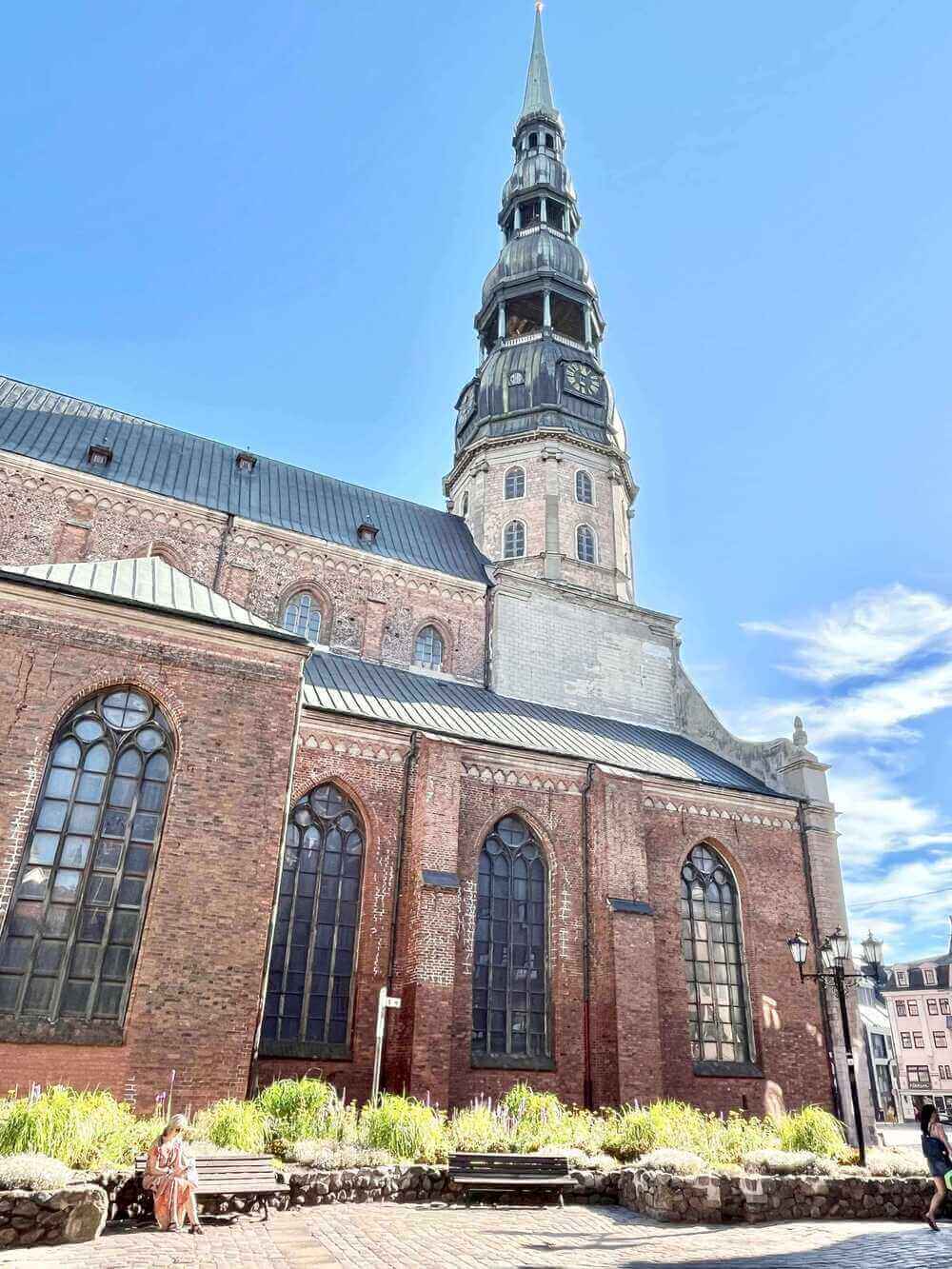
This monument is dedicated to the soldiers who died during the Latvian War of Independence from 1918-1920. During World War I, Germany seized control of Latvia from the Russians. After Germany surrendered in 1918 at the end of the war, the Soviet Union invaded Latvia and Estonia, and took over most of Latvia within a month. Latvia’s army allied itself with the German Freikorps and pushed the Soviets out of Riga. However, the Freikorps wanted to rule Latvia itself, so it maintained control of the capital. When the UK and France insisted that all German troops withdraw from the region, the Freikorps rebranded itself as the West Russian Volunteer Army to avoid associating itself with Germany. Latvia allied itself with Estonia, and with help from the British navy in the Baltic Sea, defeated the Germans and gained the independence it sought in 1920.
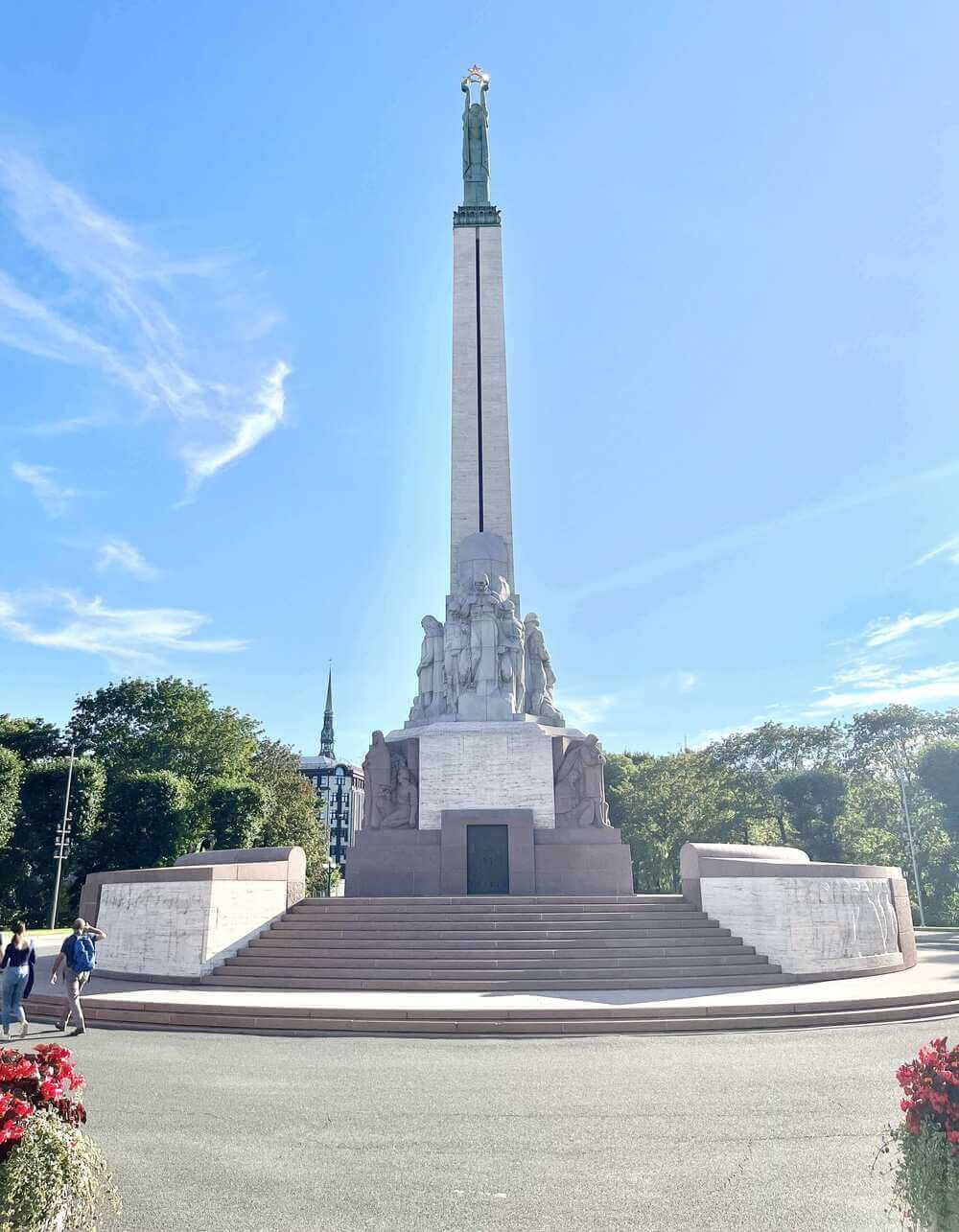
Most people in Western Europe and in the U.S. condemn Russia’s “special military operation” and sympathize with Ukraine’s plight. The Baltic states have been some of Ukraine’s most ardent supporters. This was evident from the cluster of Ukrainian flags erected outside the Riga Congress Center – a mere 2-minute walk from the Russian Embassy. Somewhat less tactfully, the Paul Stradins Museum of the History of Medicine put up this flattering street art caricature of Putin’s face to voice their disapproval of Russia’s actions. I had not seen anything close to this level of widespread and vocal support for Ukraine in the West.
